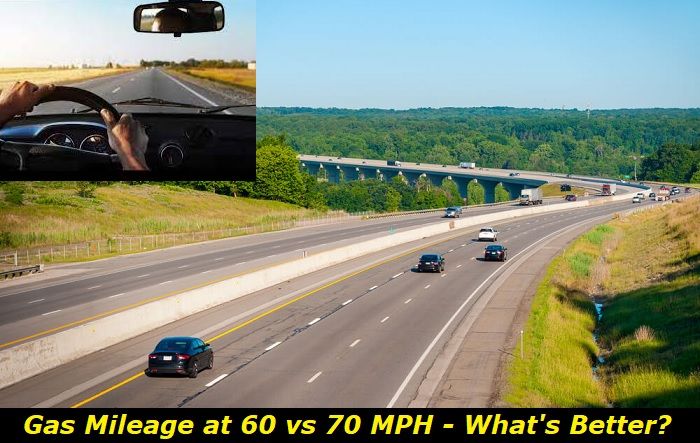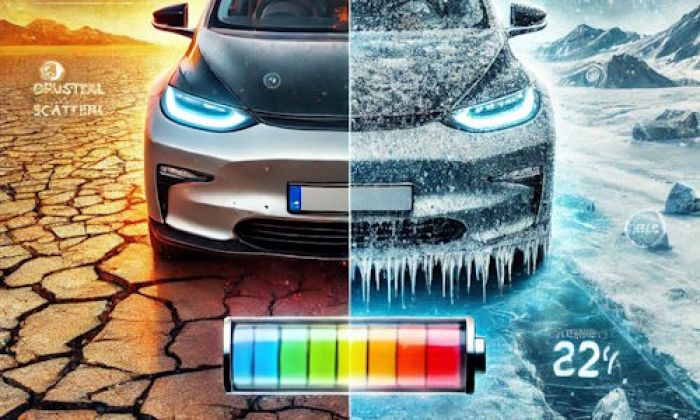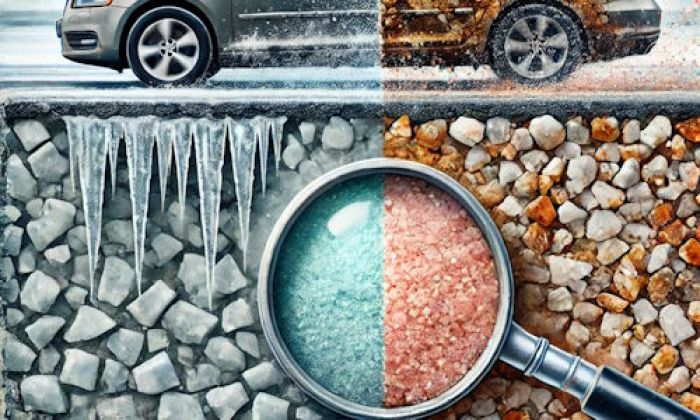You can't put a Hellcat engine in just any car because of a variety of factors. They are affordability, cost-effectiveness, lack of generic procedures, complexity of requirements, lengthy installation processes, compatibility issues (e.g. size dimensions), etc.
Engine swap highlights
- Commonreasons:more power, death of the original engine
- Average prices:$1,500 - $7,500
- Average waiting time:10 - 18 days
- Common problems:additional upgrades, higher costs, finding proper engine
- DIY mods:impossible, in this case
- Level of satisfaction:medium
.jpg)
Hellcat Engine History
Firstly, you need to know that the Hellcat is the strongest production V8 engine ever! Its name was adapted from a World War II fighter plane called Grumman F6F Hellcat. This plane had an IHI supercharger as well.
The Dodge Hellcat engine debuted in the Challenger with a great 707 HP almost a decade ago. However, some Challenger cars got crashed and their engines were purchased and swapped into other cars.
Now Hellcat cars have gained popularity in the social media sphere. They're also among the cars that music artists or rappers usually mention in their lyrics.
The Hellcat engine has been available in crate form for years, but it will no longer be in production after 2023. Dodge's CEO announced that it will be replaced by eMuscle EVs in 2024.
So try to get a brand new crate or at least a fairly used one (for the sake of affordability). Then you can do whatever you want with it or put it in any car you desire. This is as long as there's no compatibility issue.
Hellcat Engine Features
What makes the Hellcat engine so special that there are people who don't mind going through tedious processes and spending huge amounts of money just to get the engine?
Well, let's start with the awe-inspiring horsepower rating that's between 700 and over 1,000. The 6.2L V8 engine also features the following:
- Supercharger spinning at over 14,000 RPM
- Induction-hardened crankshaft journals
- Powder-forged connecting rods
- Forged aluminum pistons
- Sodium-filled exhaust valves
- 2.75-inch straight pipe exhaust
What is the most powerful Hellcat vehicle? This honor belongs to the 2023 Challenger SRT Demon 170. It's one of the cars that Dodge is still producing before the engine is discontinued. See its capabilities below.
- A possible 1,025 HP delivery
- 945 pound-foot of torque
- A possible 60mph in 1.66 seconds and 8.61 for a quarter mile.
Some Successful Hellcat Engine Adoptions
Notable among Hellcat engine adoptions include the Dodge Viper, Dodge Dakota, Dodge Magnum, Jeep Wrangler, Jeep Grand Cherokee, Toyota PriuSRT8, Plymouth Prowler, etc.
Think of the Dodge Viper's 8.4L V10 being replaced with a Supercharged 6.2L Hellcat V8 to add more power to an already high-powered sports car. That's 707 HP being delivered, thereby bringing its 0-60 miles per hour run nearer to 3.0 seconds. The highest achievable should be more than 200mph.
Then there's the Toyota PriusRT8 being transformed into a drag monster that delivers 1000 HP. This means that it can hit a quarter mile in an amazing 9-second duration. This took over $150,000 for the hot rodder to build. Yes, those are the insane amounts that Hellcat engine installations could gulp for some added power.
Why You Can't Install a Hellcat Engine in Certain Non-Hellcat Cars
This section discusses the basics of why this engine type can't be put into just any non-Hellcat vehicle. The first aspects to treat are size dimensions and missing compatible components.
1) Size Dimensions and Missing Compatible Components
It would be difficult to put the Hellcat crate engine in the target car if the size dimensions of the vehicle's engine bay can't fit the replacement engine. In this case, it may be better to utilize another (compatible) engine type for the swap or sell the car than to attempt a Hellcat engine adoption.
A harness modification may solve your problem. But forcing the Hellcat system into an incompatible vehicle may not be a good idea. The setup could work, and the engine may run just fine. However, issues will come up such as the destruction of the transmission and differential due to the driver getting on the throttle hard.
You'll only have yourself to blame if you don't heed the above advice on avoiding unfavorable engine swap conditions. Also, the risk isn't worth it or manageable.
You'll be losing all those tenths of thousands of dollars put into the long-term gradual installation. And that includes the waste of time and effort invested in the whole process. The entire procedure could take many months or even over a year.
There may be some components that the target car lacks which would make the replacement engine unusable, especially if they aren't installable. For example; you may need additional wiring components, cylinders, injectors, oil takeoff adapters, etc.
Note: Your car's transmission (gearbox) adapts the engine's output to speed and torque to be passed on to the wheels. On the other hand, the differential directs that power to the two wheels on the same axle at a proper ratio.
2) Complexity of Requirements & Lengthy Installation Processes
Sometimes, the requirements may be too many and/or difficult to assemble. Their installation processes may be too complicated as well. Remember that we stated that it could take a year or several months to fully set up the replacement engine in the vehicle.
You know that any wrong setup or connection can ruin the engine and/or transmission. So you'll need to have every requirement available, in addition to the required expertise for the various aspects of the installation. Some swaps may need the following or more to be successful:
- Electronic bypass
- Cooling system (e.g. heat exchangers or charge coolers)
- Upgraded fuel system (e.g. fuel pump)
- Controller to match a different transmission type
- Hellcat engine map sensor removal
Note: Hellcat engines are typically designed to operate with Tremec T56 Magnum transmissions.
It's best to seek the advice of experts when performing a DIY engine swap. And make sure that you've gathered enough knowledge about the project before embarking on it. You should also assess the feasibility of the project before making a final decision to begin.
3) Affordability, Cost-Effectiveness, and Lack of Generic Procedures
You can't use the same Hellcat crate engine installation method for all compatible cars, so you can see why the need for adequate technical know-how is essential. Although some approaches may work for certain groups of car makes.
The cost of the entire project should also be taken into consideration. Factor in what you'll pay for the conversion components, fabrication, and labor. Recall that the Toyota Prius' unfinished mod already passed the $150,000 mark. And the modder wasn't even done at that time.
Are you going to go the DIY way to save costs and have fun with the process? If not, then you should be ready to pay the professionals really well for those months (or possibly over a year) of gradual installation.
Hiring a professional to put a Hellcat crate engine in your car will mean adding more thousands of dollars to those tenths of thousands of dollars for purchasing the system and its add-ons. A DIY approach will save you a lot on expenses, but it's a tedious process with great risks.
Note: Our advice is to pay a professional mechanic or hot-rodder for the job!
What If You Decide Not To Adopt the Hellcat Engine Mod?
We're sorry if all of the above about costs, duration, complexity, and risks scare you out of hot-rodding with a Hellcat engine. But maybe not performing the swap is for the best. You can try to buy an already Hellcat-modded vehicle or a Dodge Hellcat car if affordability isn't a problem.
The price range of the Dodge Hellcat cars in 2023 is from about $72,000 to $104,000. That includes the following vehicles:
- Charger Hellcat Redeye
- Charger SRT Hellcat Jailbreak
- Charger SRT Hellcat Redeye Jailbreak
- King Daytona (special edition model)
- Ram 1500 Hellcat
- Durango SRT Hellcat
- Durango SRT Hellcat Plus
- Durango SRT Hellcat Premium
- Challenger SRT Hellcat Redeye
- Challenger SRT Hellcat Super Stock
Conclusion
When Dodge made the 707-horsepower supercharged Hellcat V8 engine and installed it inside the 2015 Challenger and Charger models, great muscle vehicles were born. They became some of the most powerful factory-made high-performance cars the automotive industry had ever witnessed.
You could also conduct adequate research to know if it's OK to upgrade your car by swapping in a Hellcat crate engine. But you can never really know unless you try it, especially if such a vehicle hasn't been enhanced like that before. Who knows; you could come up with a beast of a machine that comes close to the Dodge Demon.
About the authors
The CarAraC research team is composed of seasoned auto mechanics and automotive industry professionals, including individuals with advanced degrees and certifications in their field. Our team members boast prestigious credentials, reflecting their extensive knowledge and skills. These qualifications include: IMI: Institute of the Motor Industry, ASE-Certified Master Automobile Technicians; Coventry University, Graduate of MA in Automotive Journalism; Politecnico di Torino, Italy, MS Automotive Engineering; Ss. Cyril and Methodius University in Skopje, Mechanical University in Skopje; TOC Automotive College; DHA Suffa University, Department of Mechanical Engineering






Add comment